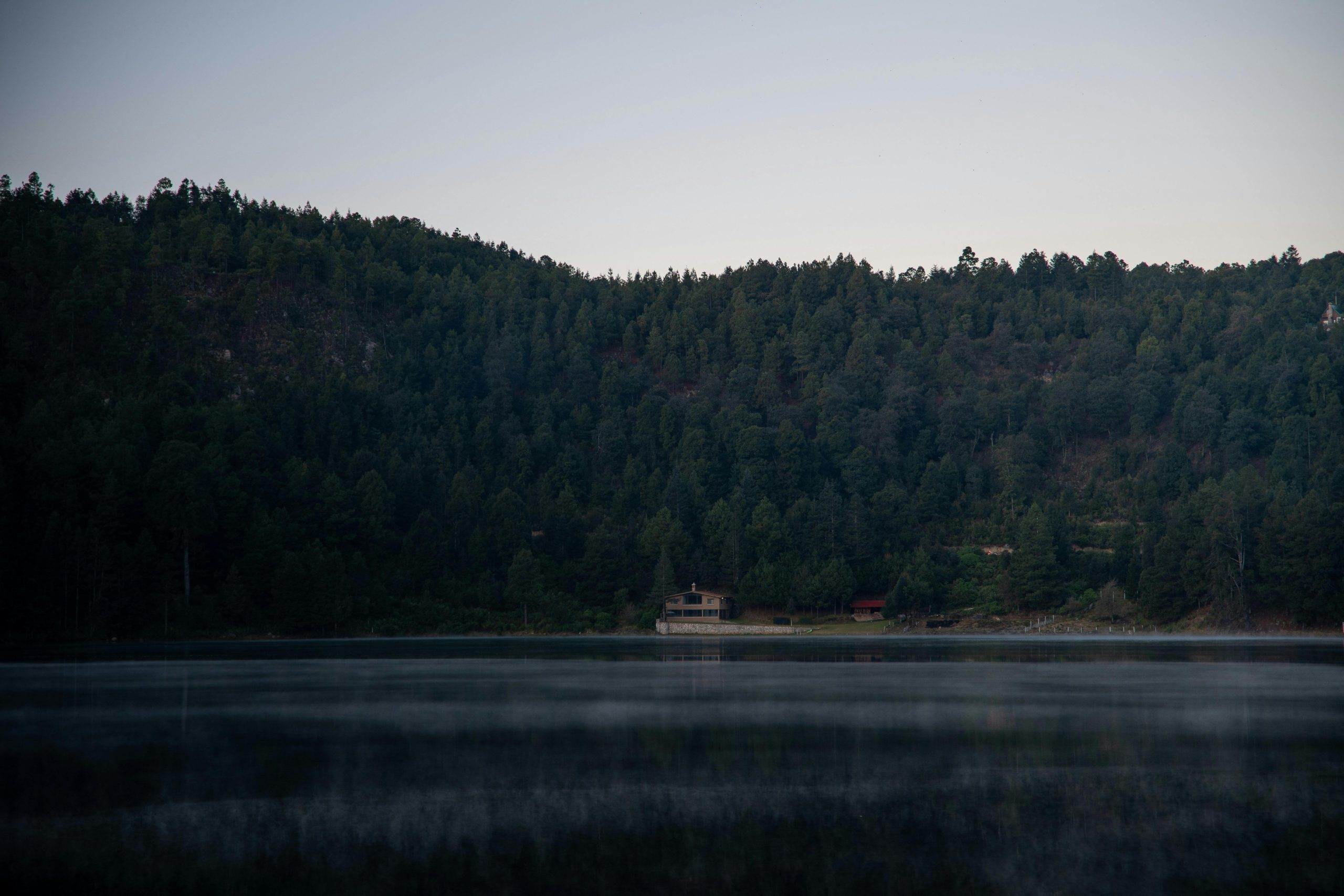Sustainable Tourism Practices Protect Destination Environments Long
Sustainable tourism has become a buzzword in recent years, with travelers and destinations alike striving to minimize their impact on the natural environment. But what exactly does sustainable tourism mean and how can it protect destination environments in the long term? In this article, we will explore the concept of sustainable tourism and its various practices that can help preserve our planet for future generations.
The Need for Sustainable Tourism
Sustainable tourism is based on the principle of preserving the environment, culture, and economy of a destination for the benefit of both present and future generations. With the rapid growth of the tourism industry, unsustainable practices have led to negative impacts on the environment, including pollution, depletion of natural resources, and destruction of natural habitats. As travelers become more environmentally conscious, there is a growing need for sustainable tourism practices to protect the destination environments in the long term.
The Role of Responsible Tourism
Responsible tourism is a key component of sustainable tourism, focusing on the social, cultural, and economic impacts of travel. This includes supporting local communities, respecting and preserving cultural heritage, and promoting responsible consumption. By choosing responsible tourism, travelers can make a positive contribution to the environment and local communities, ensuring that their impact is minimized and sustainable practices are encouraged.
Conserving Natural Resources
One of the main objectives of sustainable tourism is the conservation of natural resources. This requires reducing the use of non-renewable resources, such as fossil fuels, and promoting renewable energy sources. Sustainable hotels and resorts are increasingly adopting green practices, such as using solar panels and other renewable energy sources, to reduce their carbon footprint. Similarly, travelers can also contribute by choosing sustainable transportation options, such as walking or cycling, to explore the destination.
Protecting Wildlife and Natural Habitats
Tourism can have a significant impact on the natural habitats and wildlife of a destination. Uncontrolled development and mass tourism can lead to the destruction of fragile ecosystems and the displacement of wildlife. Sustainable tourism practices, such as ecotourism and wildlife conservation, aim to minimize this impact by providing alternative sources of income for local communities and promoting the protection of the environment.
Preserving Cultural Heritage
Cultural heritage is an integral part of many destinations and must be preserved for future generations. Sustainable tourism aims to protect and promote cultural heritage by supporting local communities and respecting their traditions and way of life. This can be achieved through initiatives such as cultural tours, homestays, and community-based tourism, which allows travelers to directly support and learn from local communities.
Long-Term Benefits of Sustainable Tourism
While it may seem like a small step, sustainable tourism practices have the potential to make a huge difference in protecting destination environments in the long run. By choosing responsible and sustainable tourism, travelers can help to preserve the natural and cultural beauty of a destination and ensure its sustainability for future generations. Moreover, sustainable tourism can also bring economic benefits to local communities, providing them with a source of income that is in harmony with their environment and cultural traditions.
Conclusion
In conclusion, sustainable tourism practices are vital for protecting destination environments in the long term. By choosing responsible and sustainable travel options, travelers can make a positive impact and contribute to the conservation of natural resources, wildlife, and cultural heritage. As we strive to make our planet a better place, let us all do our part by embracing sustainable tourism practices and ensuring that our destinations remain intact and thriving for years to come.










